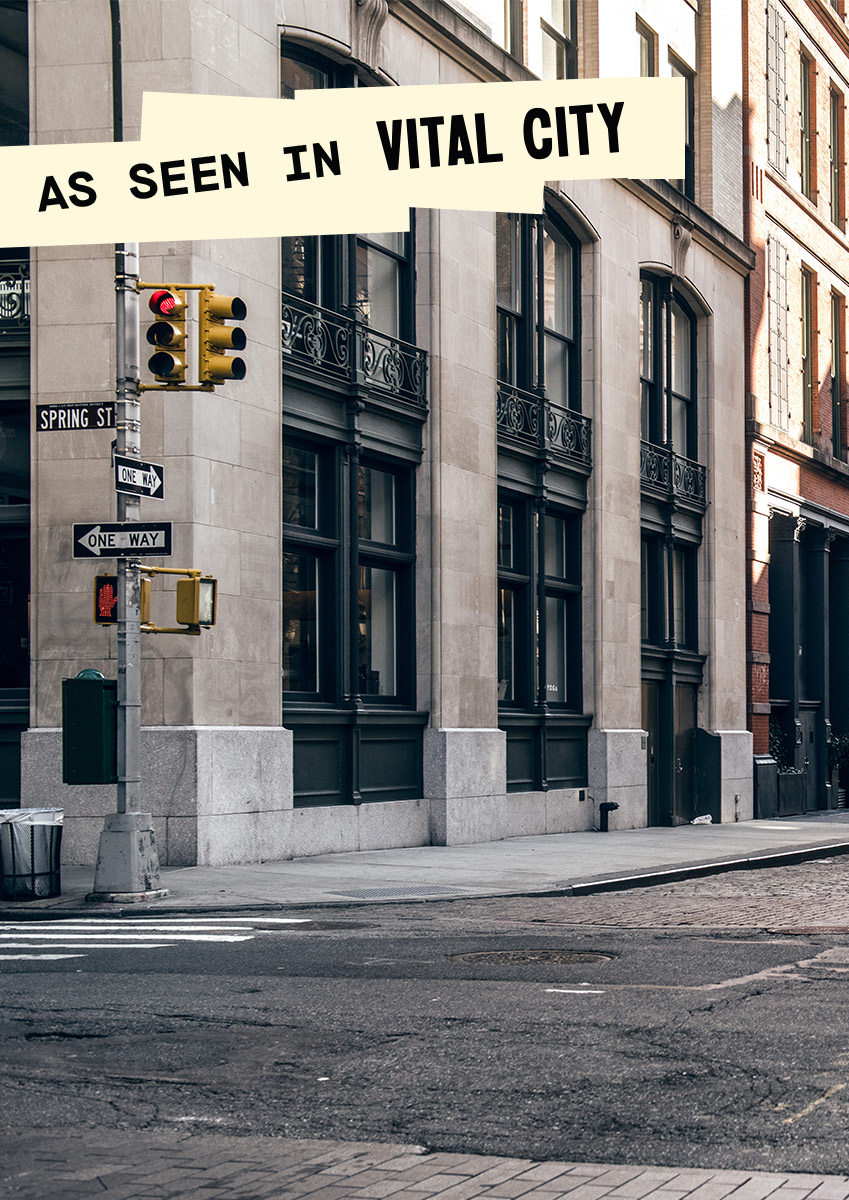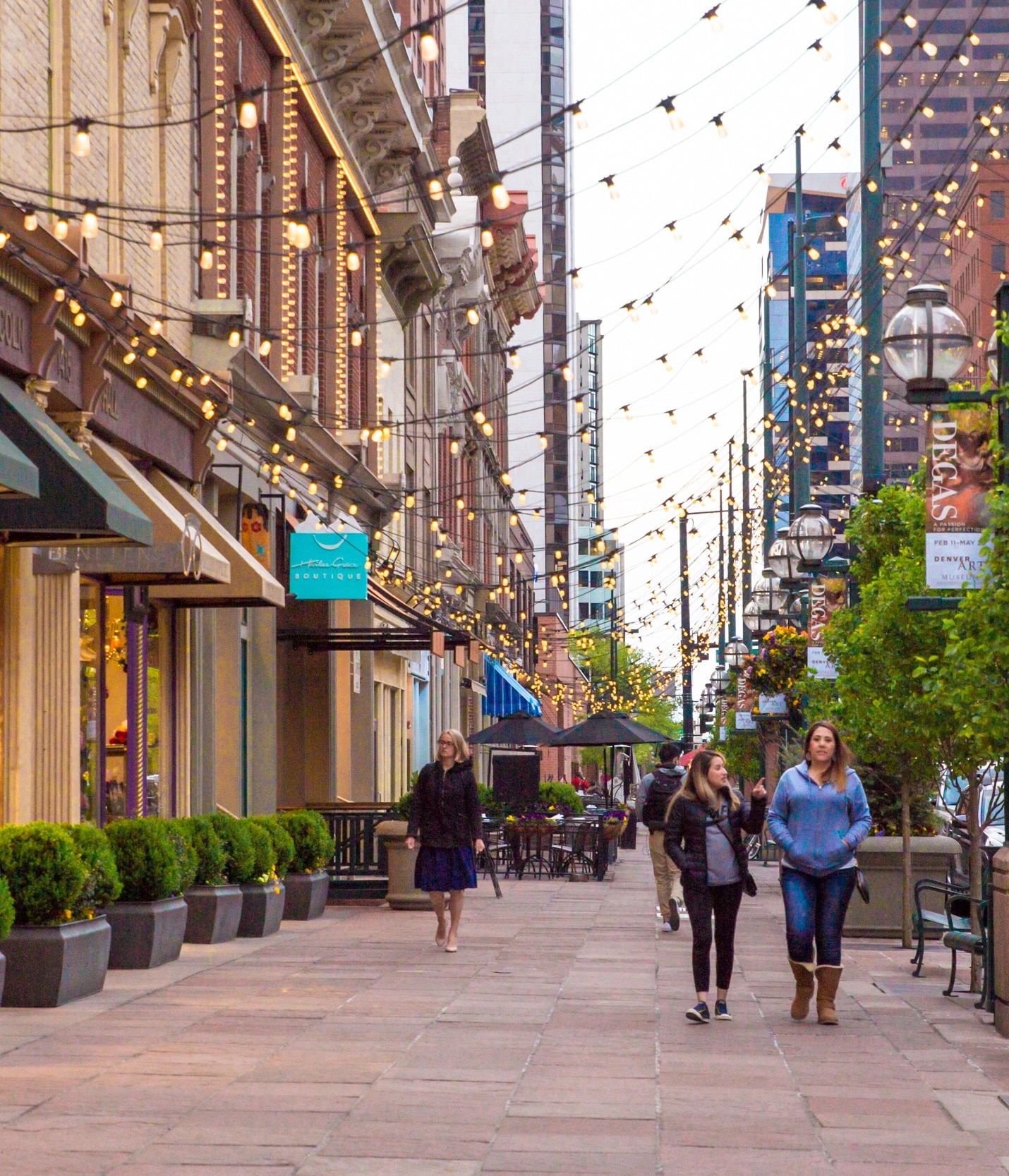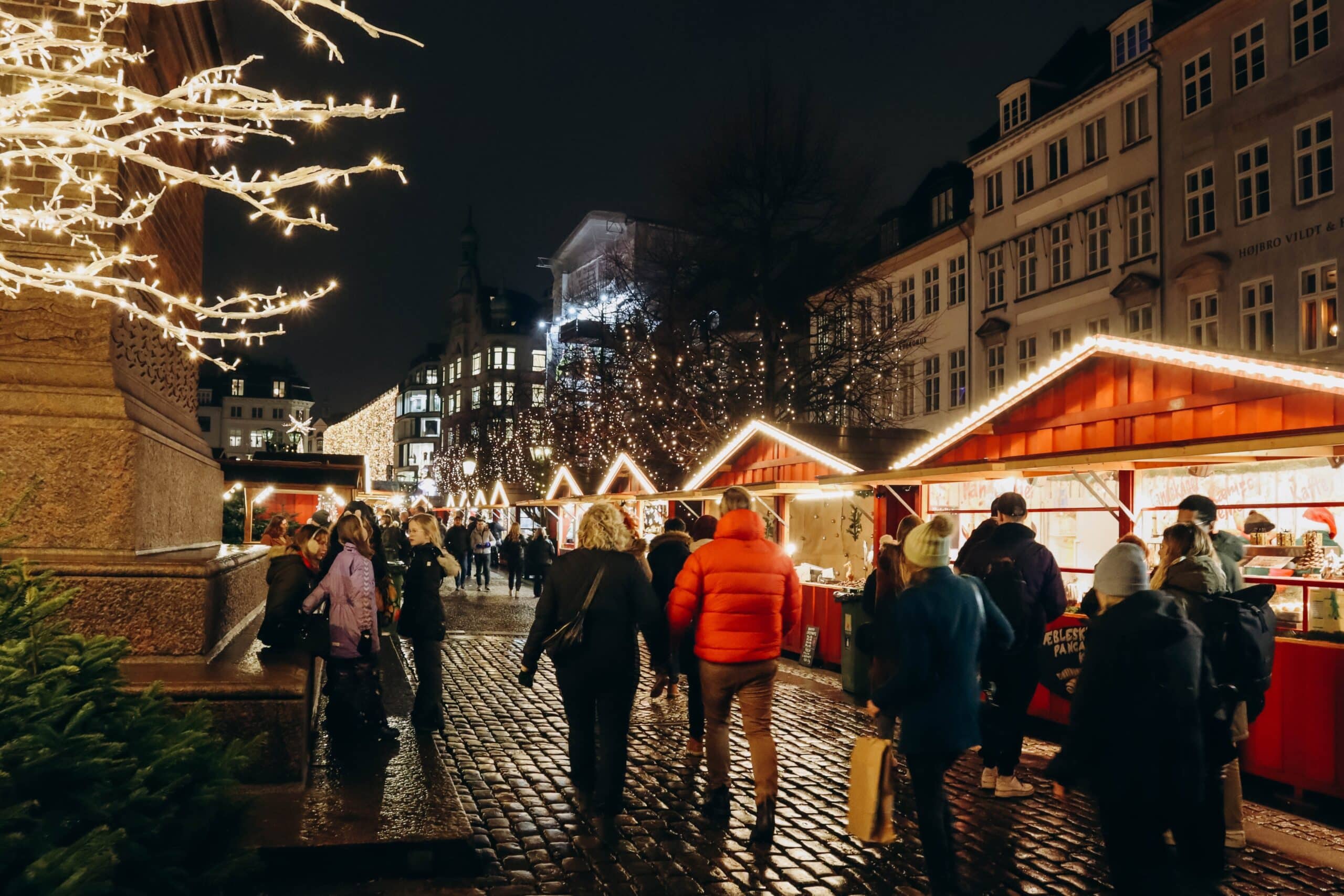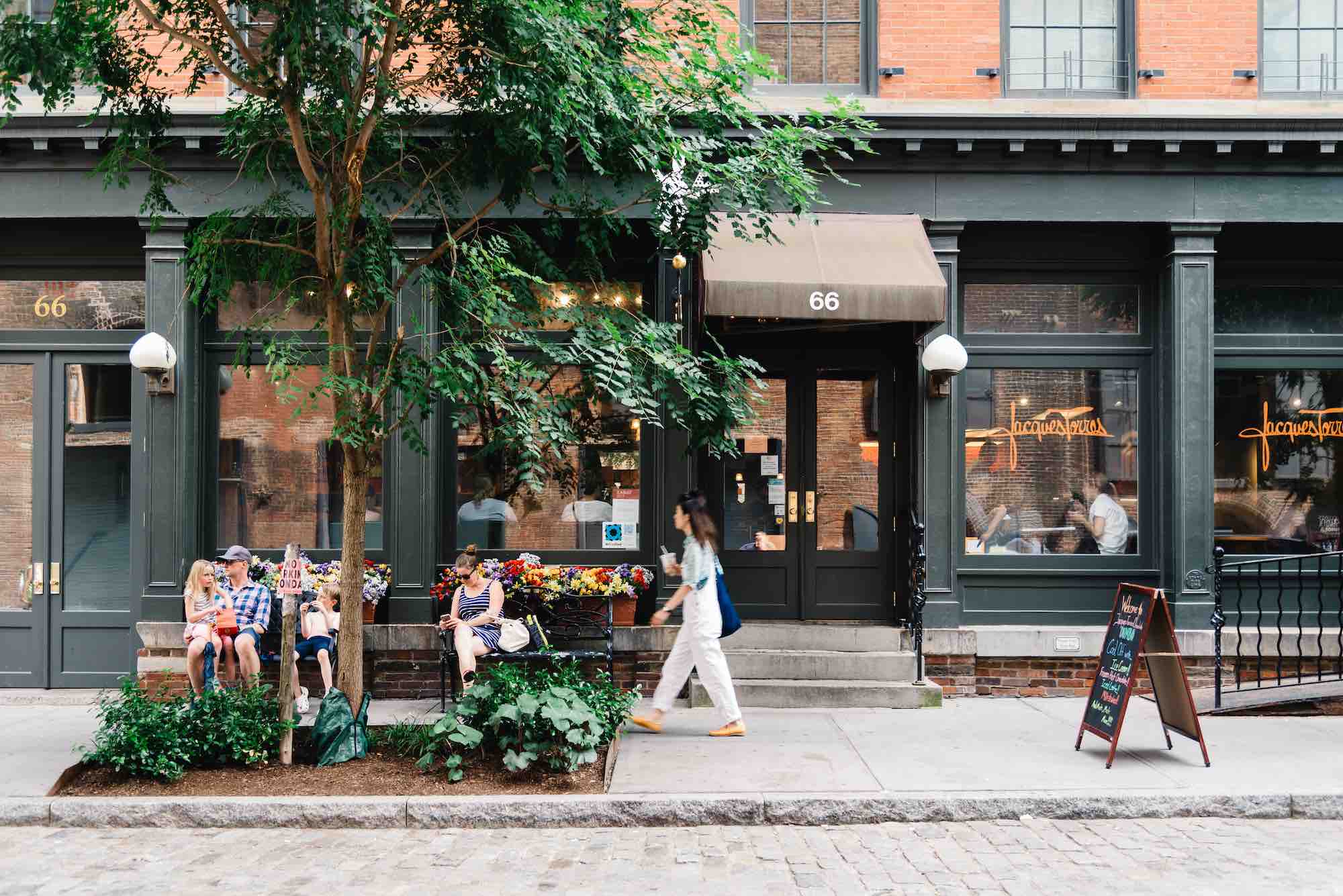This post was originally published on the Larisa Ortiz Associates blog in January, 2019 by Streetsense Managing Director of Research + Analysis, Larisa Ortiz.
The City of New York has been on a regulatory blitz lately. In December, members of the City Council demanded that the Department of Buildings (DOB) put a moratorium on fines for non-compliant signs after enforcement of existing rules skyrocketed, particularly in the Borough of Brooklyn. The fines are far from inconsequential. DOB’s website indicates that “penalties for first time offenses are $10,000 each and subsequent violations are $25,000 each.” Anecdotally we have heard of fines in the $5k – 8k range. When levied against small business owners, they can quickly undermine all other city efforts to help small business owners. Our own recent work developing a signage and storefront improvement program for the Local Initiative Support Corporation (LISC) found that these fines significantly outpace the cost of manufacturing and installing new signs.
So what can you be fined for? In a typical commercial district, a C1 or C2 district in local zoning parlance, this can be for the height of lettering on your sign exceeding 12 inches, or for a projection greater than 18 inches from the building. And if you have anything other than your business name and address on the awning, that is yet another fine inducing violation. Presumably these rules are in place for reasons of public safety, but common sense dictates that many of these rules are unrelated to public safety.

An example of signage guidelines developed by the Myrtle Avenue Brooklyn Business Improvement District (BID). The rules and regs are so complicated and so extremely counterintuitive that a number of Business Improvement District’s have invested in their own guides.
More recently, the City’s own Department of Small Business Services has developed a guide to help businesses navigate the rules. It is an excellent resource, but even a quick glance reinforces that fact that it is high time the rules are rewritten to give businesses more flexibility with their signage while enabling them to maintaining adequate safety and aesthetic standards.
Yet despite all this, good retail signage can happen in NYC. We have great examples of signage that attracts customers and gives them a clear sense of mercantile activity – even from a distance. This is the kind of signage that creates a vibrant sense of place and entices pedestrians to walk further and maybe spend a bit more than they expected! Ironically, this signage can be found not in a commercial district but in a manufacturing district.
One of the most vibrant commercial districts in the City is Soho, mostly concentrated along a stretch of Broadway South of Houston Street. This is where some of the nation’s most prominent brands plant their flagship stores. To many people’s surprise, this district is actually a Manufacturing District that has morphed into something quite different over the years. Yet the legacy of it’s manufacturing past is that the underlying zoning offers retailers much more flexibility, especially when it comes to signage. A recent walk through the district found many examples of large flags that dominate the landscape.
Yet even here, some counterintuitive restrictions remain. For instance, the restriction on lettering larger than 12″. That rule is particularly strange given that larger signs are allowed (In an M1-5B district, a sign can be as large as 6x the building street frontage versus 3x the building street frontage in a C1 or C2 zone). The end result is that retailers who follow the letter of law end up with large signs but with lettering that is nearly impossible to read from a distance (especially for those with older eyes…a consideration to keep in mind as the Baby Boomer and Gen X population ages). As a result, not every retailer follows the letter of the law (see the featured image at the top of this post), risking fines but obviously thinking the risk is worth it. So while the regulations aren’t perfect and certainly can stand revision, they offer retailers a much better chance of catching the eyes of customers and attracting them into the store.
For those of you quick to dismiss these challenges as “only in NYC”, I would challenge you to take a look at your own signage regulations. We frequently come across communities where overly restrictive signage – the idea that tasteful equals small and nearly invisible – undermines a vibrant retail environment.
For Streetsense updates, follow us on social media or sign up for the Word on the Street newsletter.
BACK TO LATEST








